Phipps Park Campground, located on a 55-acre conservation area on Okeechobee Waterway in Martin County, is the ideal spot for a natural getaway. The campgrounds feature a variety of amenities, are pet-friendly (with shot records), and are open year-round. Guests can bring their own gear or reserve a pre-set tent!
The campground has a boardwalk, a fishing pier, and a boat dock to enter the water. There are several pathways to explore the native ecosystem with plenty of chances to spot wild flora and fauna. Back at the campsite, bathroom, laundry facilities, firewood, and picnic tables are great for summer barbeques. RVs are also welcome with reservation.
Moreover, there are plenty of opportunities for adventure if the trails aren’t your speed. Checkers, Connect 4, and Jenga are also available in giant proportions for the kids. For the adults, there is croquet and cornhole, as well as wagons to transport snacks and games from place to place.
The Phipps Park Campground is an excellent location for a family getaway this summer; make sure to reserve a campsite before arrival!

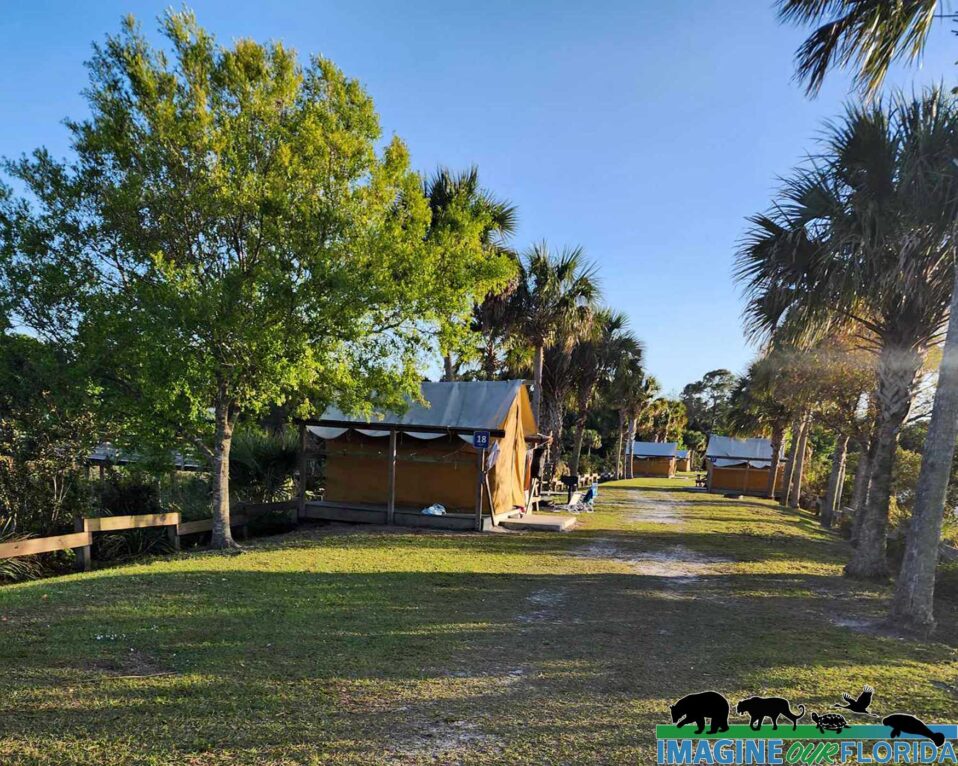
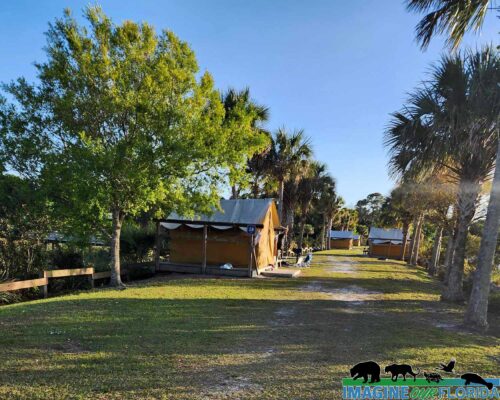
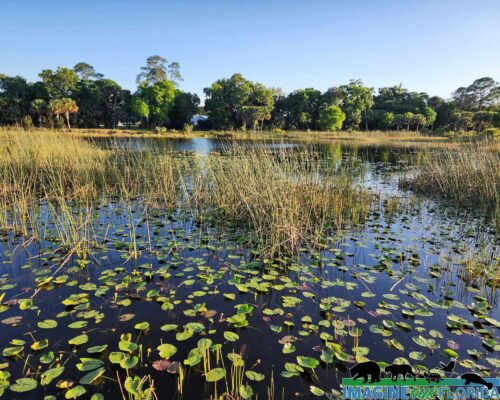
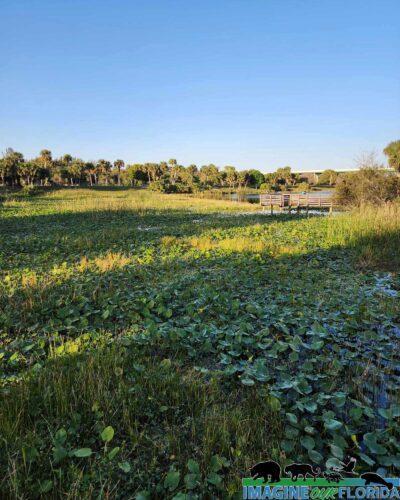
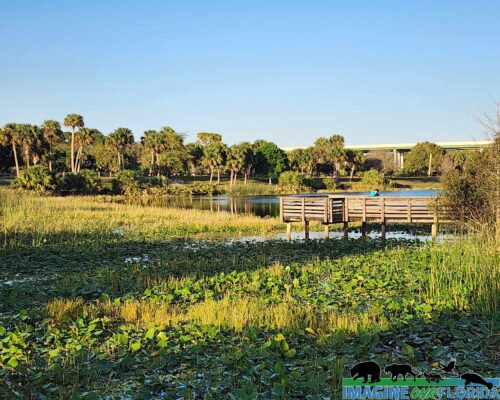
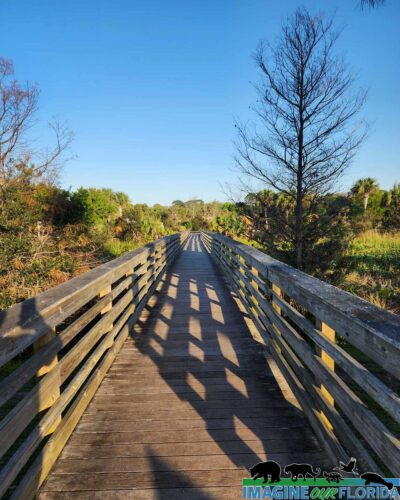
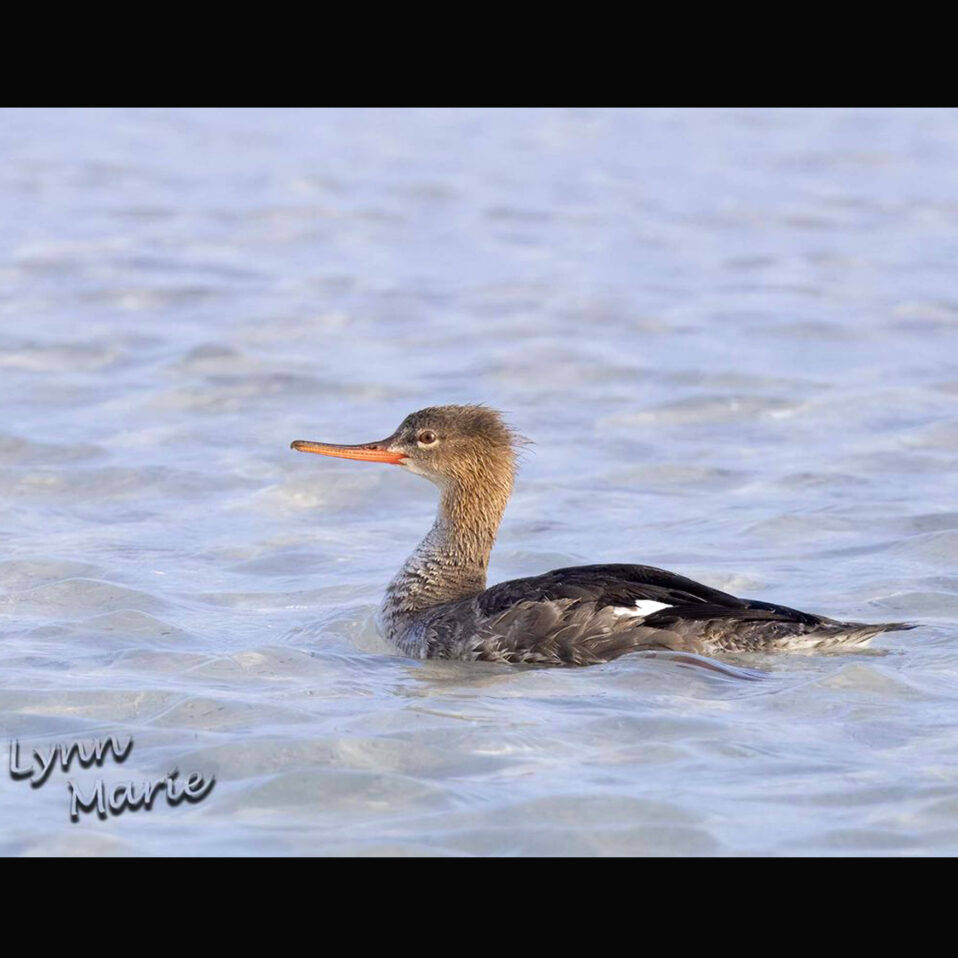
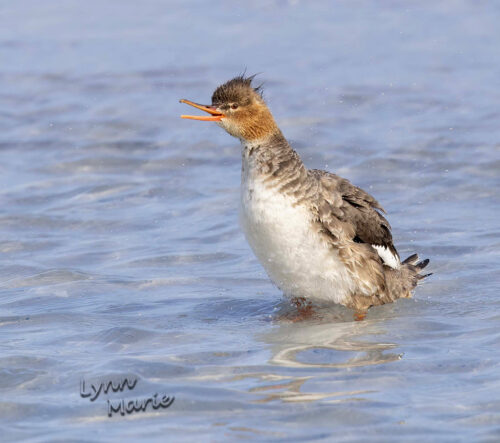
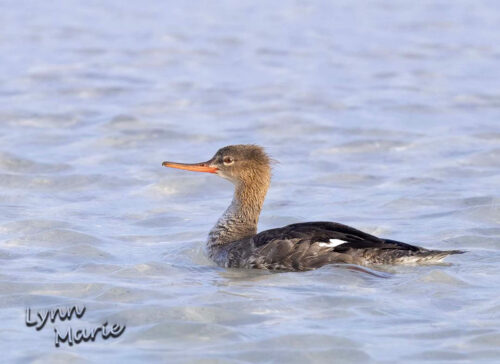
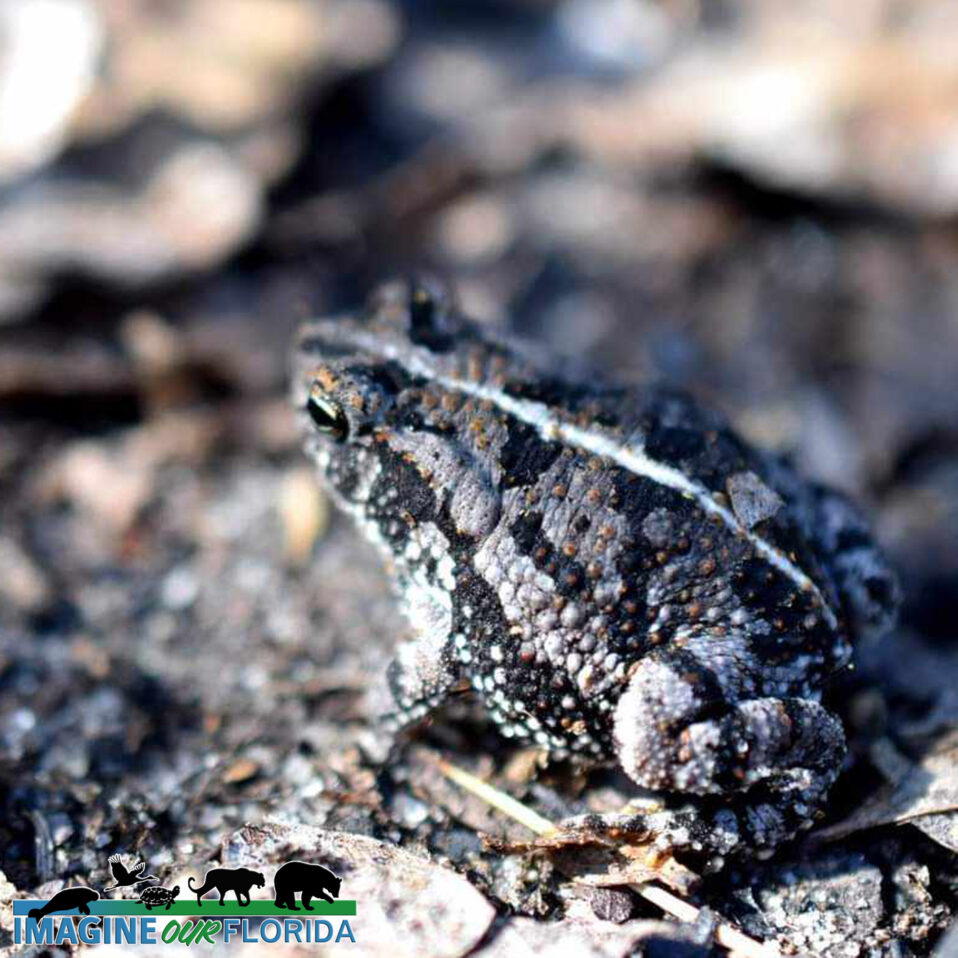
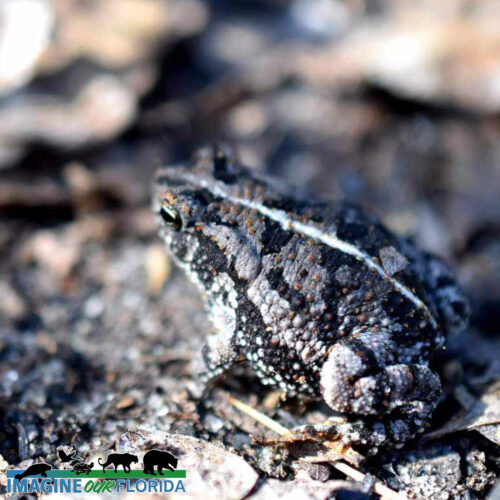
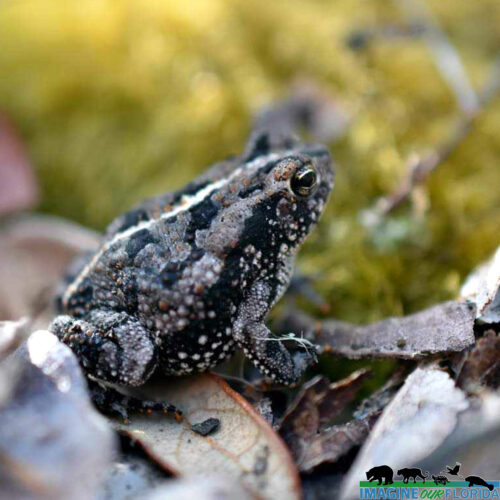
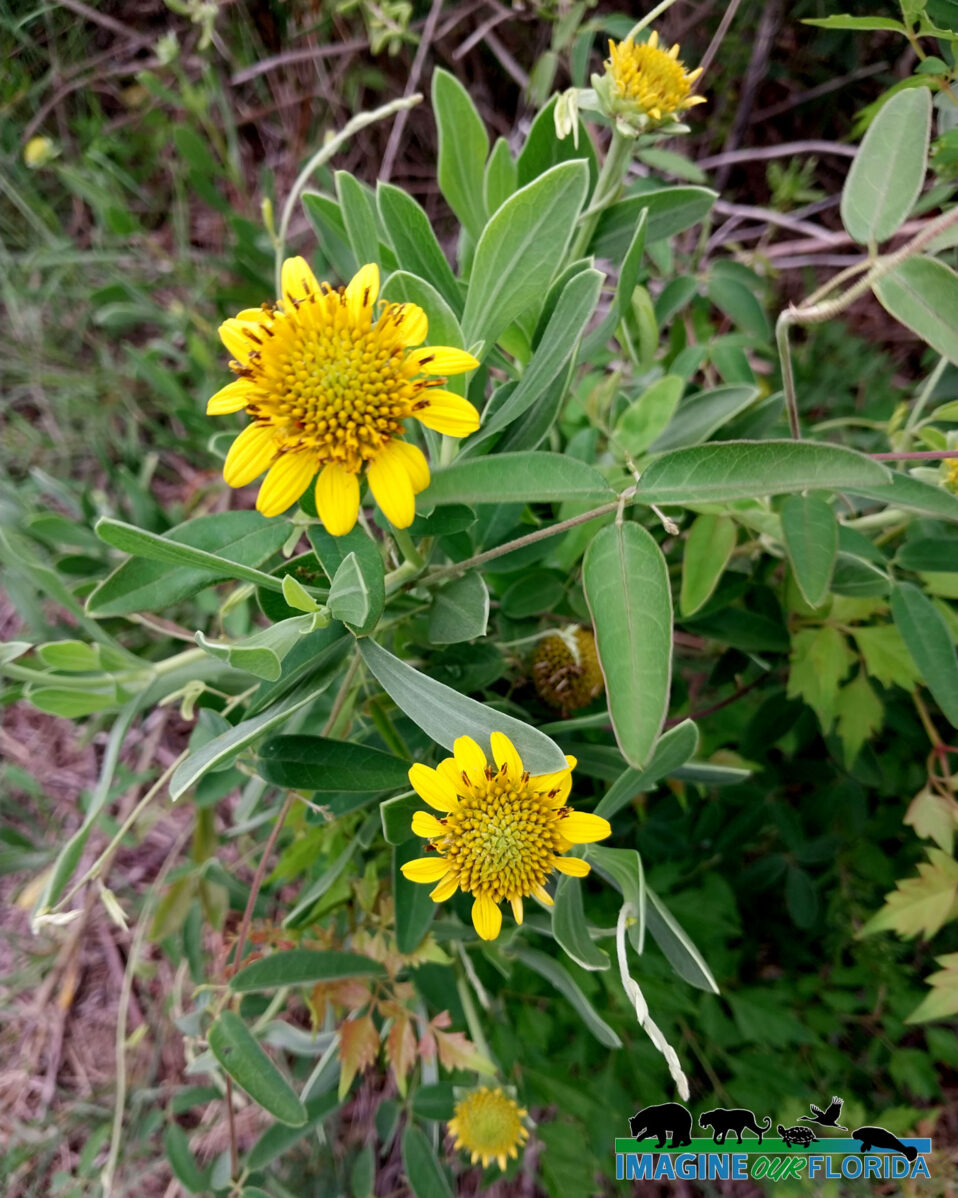
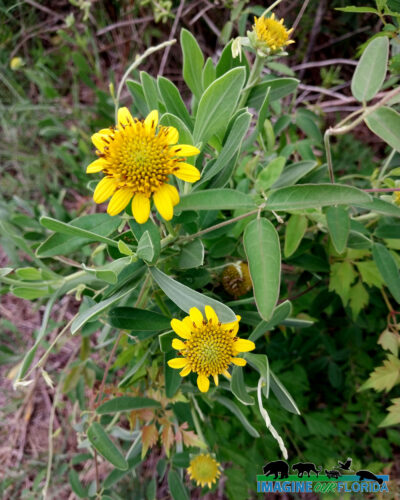
Recent Comments